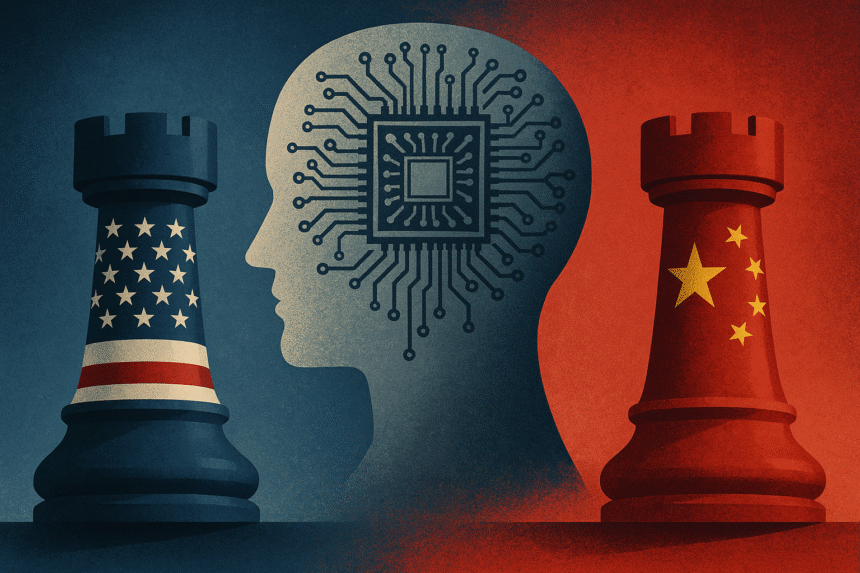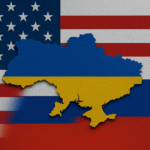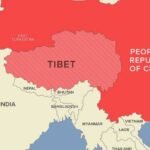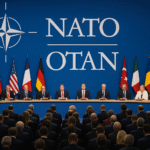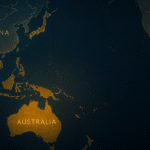From a concept of the future, artificial intelligence has evolved into a fundamental factor influencing the present scene of global competitiveness.
China and the United States are sharpening their efforts to lead in the field of artificial intelligence. Both countries see this technology as a strategic tool that can improve military capability, influence public opinion, and support their positions on the world scene as well as a driver of economic strength.
This isn’t just about innovation — it’s a contest of ideologies and influence.”
Driven mostly by national security, the U.S. government has tightened policies in the past several years to restrict China’s access to modern semiconductors and chip manufacturing technology. Funding targeted at supporting home research and artificial intelligence development has also increased noticeably concurrently, encouraging cooperation between public and commercial sectors to guarantee a competitive advantage.
China, on the other hand, has embraced a paradigm mostly shaped by state activities. With the ambitious aim of putting China as the worldwide leader in artificial intelligence by the year 2030, the national plan for artificial intelligence is based on considerable government financing and a strong cooperation with big technological enterprises. In fields including facial recognition, surveillance systems, and generative artificial intelligence applications, this method has produced quick development.
Significant investments in talent, infrastructure, and innovation define the continuous competitiveness between these two countries. Still, this rivalry is occurring in an atmosphere devoid of well-defined rules. On the global scene, efforts to establish moral guidelines for artificial intelligence seem disconnected, and the top authorities in this sector seem to be hardly cooperating.
Smaller nations are increasingly caught in the crossfire of a global AI cold war.
An increasing number of smaller countries and technology companies find themselves negotiating a difficult terrain among the growing hostilities between the United States and China. These organizations are trying to walk a tightrope between controlling the thin line between grabbing possibilities and running the risk of depending too much on one another, and between encouraging creativity and following legal rules.
The results of the technical race are beginning to show up in regular life. From content management and monitoring to education and automated services, artificial intelligence technologies are progressively shaping many facets of human interaction.
Many of these AI systems remain poorly understood and unevenly regulated.
Still, a lot of these systems lack consistent control and are yet little understood. The consequences go beyond simple progress or financial measures when this rivalry gets intense. They explore basic concerns related to privacy, government, inequality, and the fundamental framework of our digital public conversation.
Without a shared worldwide consensus, competition rather than cooperation seems to be driving artificial intelligence’s course.
ONN World will continue to follow the developments shaping this defining global contest.

